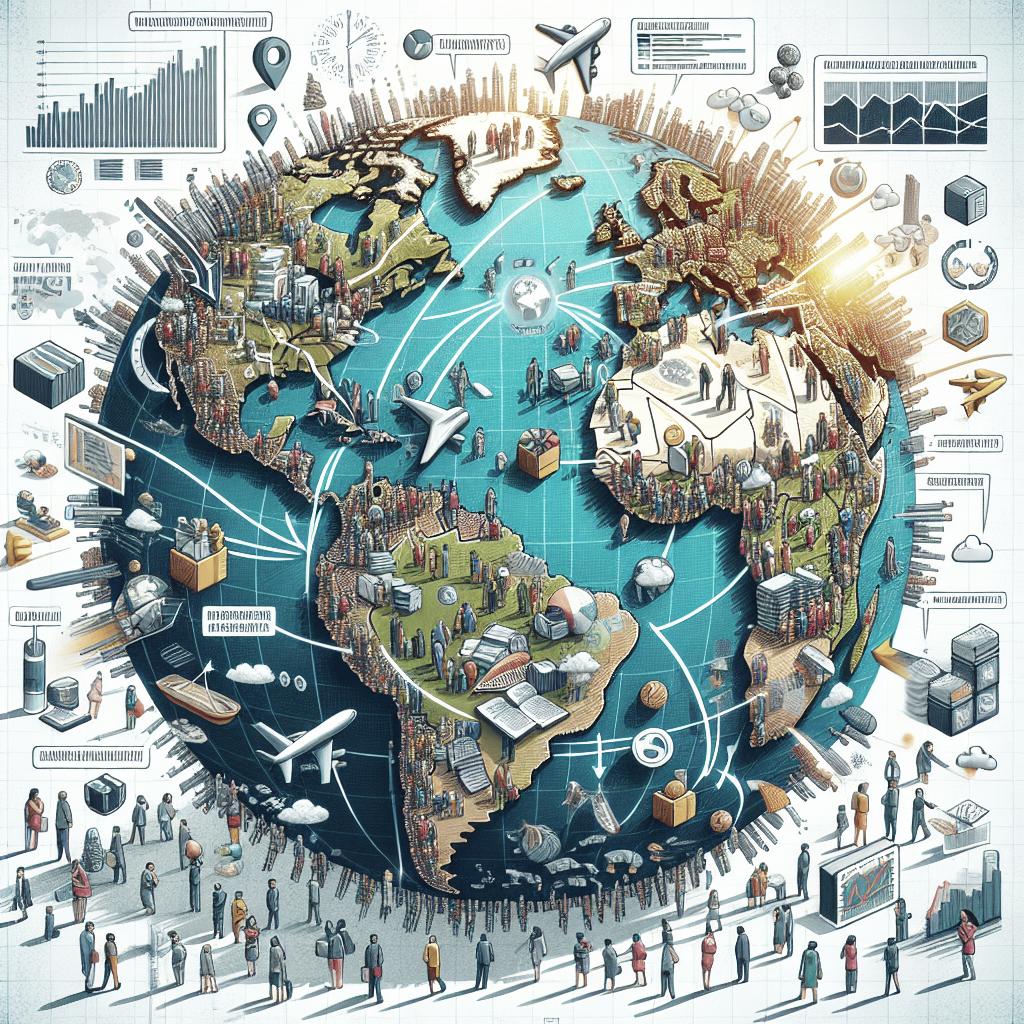Regional Trade Blocs and Their Influence
Trade blocs have become a pivotal part of the global economic landscape, shaping international markets and influencing the political dynamics of different regions. By grouping countries into economically cooperative units, regional trade blocs aim to enhance trade among member nations, eliminate tariffs, and foster economic growth. This article delves into the concept of regional trade blocs, examining their formation, economic impact, and political influence. We’ll look into academic research, analyze data trends, and provide an overview of the most prominent trade blocs. Finally, we’ll explore future prospects for trade blocs and what they mean for the global economy.
Research
Regional trade blocs are crafted through treaties and agreements among member countries to foster mutual benefits and economic cooperation. Academic research shows that these blocs can lead to significant economic benefits, including increased trade volumes, economic integration, and stability. Scholars argue that trade blocs can either be stepping-stones or stumbling blocks to global trade liberalization. They can potentially lead to trade diversion if the focus becomes more on regional benefits rather than global free trade.
To understand the role of regional trade blocs, researchers have looked into their historical context, beginning with the 1950s initial phase of trade agreements like the European Economic Community (EEC). Over the decades, there has been a proliferation of such structures globally, ranging from NAFTA in North America to ASEAN in Southeast Asia. Researchers have consistently observed that while trade blocs enhance economic cooperation among member countries, they also pose challenges in terms of sovereignty and economic disparity among members.
Data
Analyzing data from various economic indicators reveals the substantial impact of regional trade blocs. For instance, intra-bloc trade has seen exponential growth, with the European Union becoming one of the largest trading entities globally. The data indicates that member countries typically experience a notable increase in trade activities and GDP growth rates due to mutual tariff reductions and economic collaboration policies.
Additionally, data trends show trade blocs contributing to market diversification, reducing dependency on singular global markets and encouraging regional economies to explore intra-bloc industrial specializations. However, data analysis also points towards significant trade diversion in some cases, where countries outside the bloc face higher tariffs and trade restrictions, thus distorting global trade practices.
Overview
The dynamics of regional trade blocs present a complex economic fabric woven with shared interests, strategic partnerships, and occasional conflicts. Prominent trade blocs include the European Union (EU), the North American Free Trade Agreement (NAFTA), now USMCA, and the Association of Southeast Asian Nations (ASEAN). Each bloc serves unique roles in the global economy – the EU fosters deep economic integration and monetary unification, while ASEAN emphasizes political cooperation and cultural exchange, alongside economic growth.
These blocs not only facilitate trade but also influence political relationships among both member and non-member countries. They serve as platforms for addressing trade disputes, negotiating external trade policies, and tackling global issues like climate change. Despite their benefits, the effectiveness of regional trade blocs is contingent on the political will, economic health, and sociocultural dynamics of member countries, necessitating constant evolution and adaptation to global trends.
Future Prospects
Given the evolving global landscape, the future of regional trade blocs seems promising yet challenging. With growing global issues such as climate change, cybersecurity, and digital trade, these blocs must adapt to remain relevant. The forward-looking prospects revolve around enhancing digital economies through policies that support technological advancements and innovation within the bloc.
The potential expansion and creation of new trade blocs in regions like Africa and Latin America highlight an ongoing trend towards deeper regional integration. As economies become more interconnected, the role of trade blocs will likely grow toward fostering sustainable development and addressing global economic inequalities. Continuous research, data analysis, and pragmatic political strategies will be key to maximizing the potential benefits of these regional arrangements.
| Aspect | Key Points |
|---|---|
| Research | Formation of trade blocs through treaties, economic benefits, trade diversion issues, historical context, challenges of sovereignty. |
| Data | Growth in intra-bloc trade, GDP impact, industrial specialization, issues of trade diversion. |
| Overview | Prominent trade blocs, economic and political roles, influence on global trade, adaptability to trends. |
| Future Prospects | Need for digital economy adaptation, potential new trade blocs, focus on sustainable development and addressing economic inequalities. |


